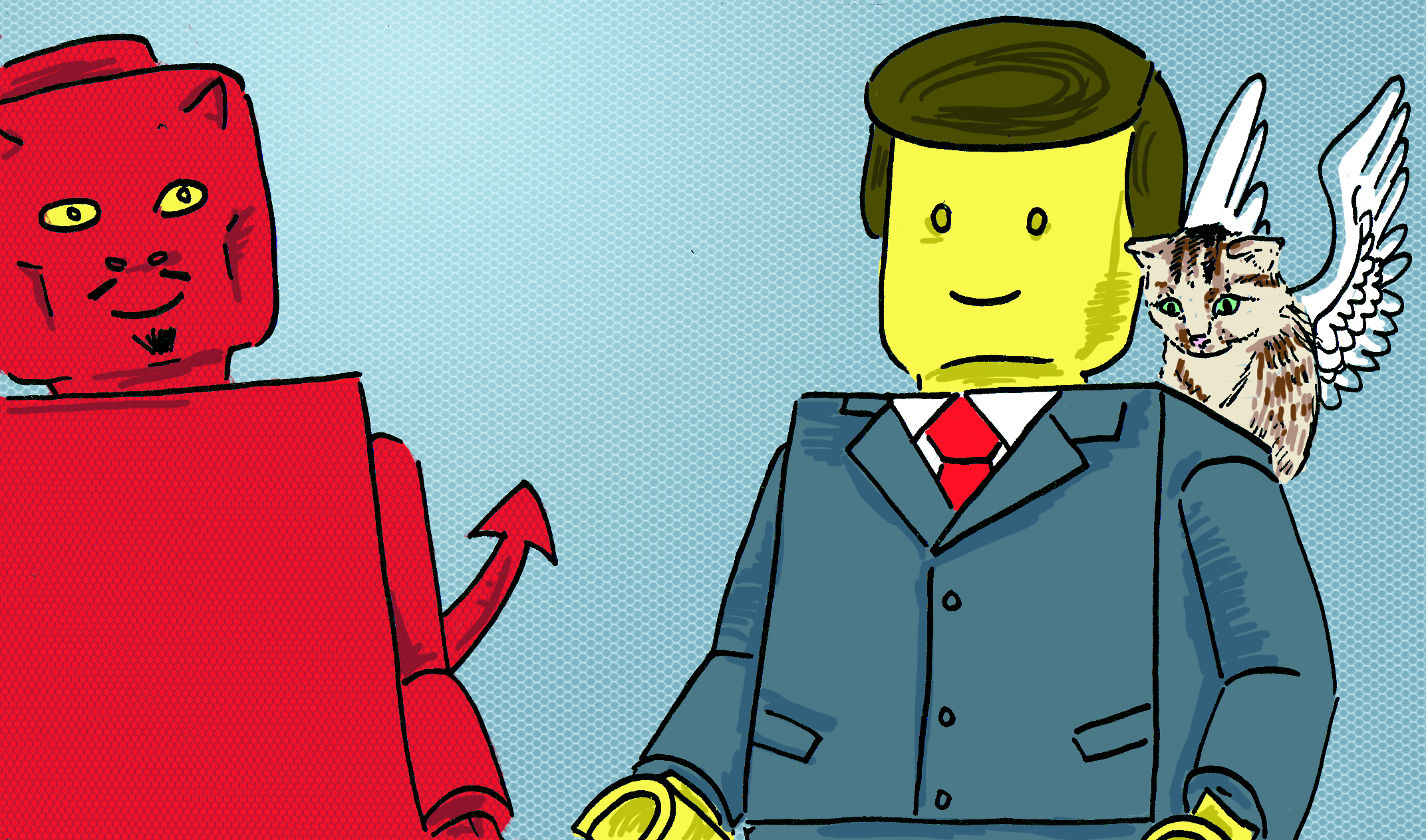A recent ruling on Jan. 8 by a federal court redefined “Indian” under the Constitution Act to include Métis and non-status Aboriginal peoples. The decision has First Nations groups celebrating, while the federal government is expected to appeal.
The ruling comes after a long legal battle that began in 1999. Harry Daniels, past president of the Native Council of Canada (NCC), initially led the court case but died in 2004.
Fred Shore, an assistant professor in the department of native studies at the University of Manitoba with a special interest in Métis history, told the Manitoban that there are misconceptions about what this ruling entails.
“The federal government now has to negotiate with, or deal with, Métis [ . . . ] just like they do with ‘Indians.’ It doesn’t mean that everyone is ‘Indian’ now. It just means that the relationship that exists between the Feds and the First Nations [ . . . ] applies to the Métis.”
Shore explained that the Métis people are not fighting for a department of Métis affairs or a legislative Métis Act; rather, they are fighting for a relationship with the federal government that is negotiable.
Prior to this ruling, decisions between Métis groups and the federal government often had to be taken to court for a final decision. This ruling modifies the relationship so that decisions, such as land claims, can be finalized through negotiations.
The ruling, however, does not only affect the Métis people of Canada.
“The ones that will really benefit from this are the non-status, the ones that don’t get any benefits because they’ve lost their status as ‘Indians.’ They are now ‘Indians,’” commented Shore.
Historically, Aboriginal people lost their status through many different avenues, explained Shore. Indigenous women who married a non-card-carrying man would lose their status. If an Aboriginal person obtained a university degree, their status was also taken from them. According to Shore, the Indian agent could claim that any Aboriginal individual was “civilized” and take away their status if the agent did not want to deal with that particular person.
The prediction that the government will appeal the ruling is held among many experts in the field.
Shore explained that he believes the federal government would prefer to fully assimilate the Aboriginal population into the Canadian system and rid themselves of any financial and legal responsibilities. Treaties and the constitution, however, prevent this from happening.
“Governments don’t like to be told by the people they’ve been colonizing that it’s over and you’ve got to do it this way. They prefer to see it their way. They hate being forced into things.”
The financial obligation of the federal government may increase under this ruling, says York University professor David McNab.
McNab told the CBC that non-status individuals who live in traditional territory but not on a reserve might be exempt from income tax. Moreover, if these individuals have paid sales taxes, they may be able to claim these funds and be reimbursed.
Indian and Northern Affairs Minister John Duncan’s spokesperson, Jan O’Driscoll, released a statement regarding the ruling.
“We are reviewing the court’s decision to determine the next steps. As the federal court stated, this decision is not about ‘the interpretation or application of particular rights either under the Constitution or under specific agreements, nor is it about Aboriginal rights [ . . . ] Our Government continues to work in partnership with Aboriginals across Canada to address shared priorities such as education, economic development, and jobs.”
Since the ruling, individuals across Canada have been eager to determine their Métis heritage.
Métis Nation–Saskatchewan President Robert Doucette told the CBC that his office has been overwhelmed with inquiries regarding Métis heritages.
“I’m just pleased that people are showing an interest, a renewed sense of pride and are willing to take that step forward and join the Nation,” stated Doucette to the CBC.
The challenge of identifying Métis individuals is a great one under this ruling, says Shore. He argues that it is hard to explain to the average Canadian who an “Indian” is. Moreover, a Métis person is not just part “Indian.” The Métis culture is varied across Canada, much like Canadian culture.
This problem of identification will increase if the government takes it upon themselves to identify Métis individuals, commented Shore.
The ruling arrives during the First Nations movement, Idle No More, which is already changing the landscape of the First Nations’ relationship with the federal government.
Prime Minister Harper met with several First Nations chiefs on Jan. 11 to discuss treaty obligations and the omnibus bill C-45.
As an outcome of the meeting, Harper agreed to increase discussion on treaty rights and land claims, attend meetings with the Assembly of First Nations (AFN), and grant “enhanced oversight” from the Prime Minister and his Privy Council.



